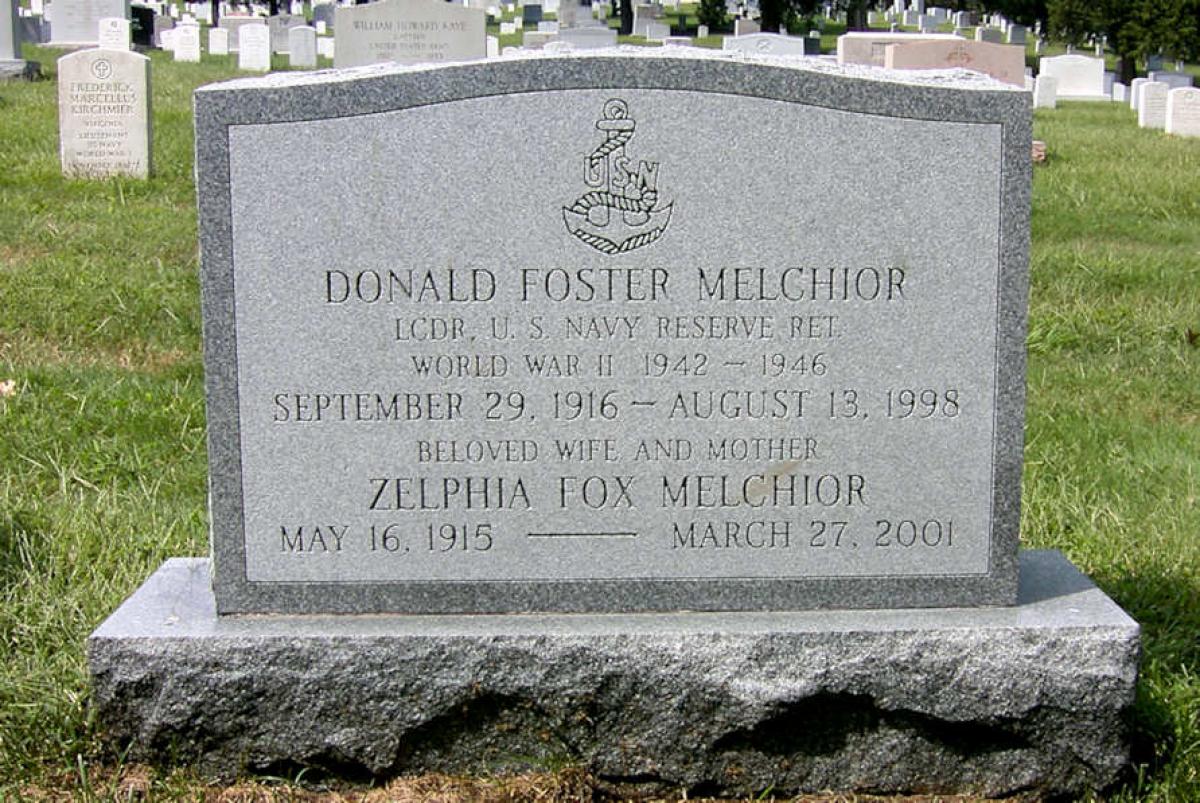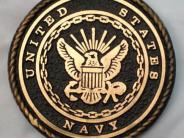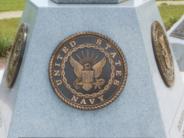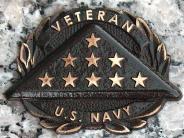- Our Community
- Community Overview City History Community Demographics Chamber of Commerce Events and Activities City Calendar City Parks On-Line Store Cemeteries Local Weather Photo Gallery
- Library School District Public Safety Emergency Management Police Fire ADA Compliance Americans with Disabilities Wall of Honor Wall of Honor
- Grove Regional Airport Grand Lake Association INTEGRIS Grove Hospital Har-Ber Village Lendonwood Garden Playmakers Theatre Cayuga Mission
- Doing Business
- Welcome Visitors
- Grand Lake Association Grove Area Chamber of Commerce Grove Regional Airport Playmakers Theatre
- Cayuga Mission Har-Ber Village Lendonwood Garden Grand River Dam Authority (GRDA)
- On-line Store Photo Gallery Events Where to Eat Where to Stay Where to Park in Downtown Grove Wolf Creek Park & Boating Facility
- Inside City Hall
- Contact City Hall Staff Directory Submit a Complaint or Comment City Code Comprehensive Plan Jobs - Equal Opportunity Employer Non-Discrimination Download Employment Application Submit Employment Application
- Agendas and Minutes City Council Boards and Committees Convention and Tourism Bureau Economic Development Authority Municipal Airport Authority Municipal Service Authority Planning and Zoning Board Zoning Board of Adjustments ADA Compliance Americans with Disabilities
- Departments Administration Airport Buildings and Grounds Community Development Economic Development Finance Fire Emergency Management Municipal Court Police Public Works Utility Services
- Helpful Resources
- Alerts and Notifications Email Subscriptions Events and Meetings Agendas and Minutes City Calendar In the News City News
- Contact the City Staff Directory Submit a Request or Concern Code Red Code Red Login Documents and Forms Documents and Reports Forms, Permits and Applications Maps
- Social Media City of Grove on Facebook Wolf Creek Park on Facebook Grove Animal Control on Facebook Frequently Asked Questions Frequently Used Numbers Helpful Links
United States Navy (USN)

UNITED STATES NAVY (USN) - The history of the United States Navy divides into two major periods: the "Old Navy", a small but respected force of sailing ships that was also notable for innovation in the use of ironclads during the American Civil War, and the "New Navy", the result of a modernization effort that began in the 1880s and made it the largest in the world by the 1920s.
The United States Navy claims October 13, 1775 as the date of its official establishment, when the Second Continental Congress passed a resolution creating the Continental Navy. With the end of the American Revolutionary War, the Continental Navy was disbanded. Under President George Washington threats to American merchant shipping by Barbary pirates from 4 North African Muslim States, in the Mediterranean, led to the Naval Act of 1794, which created a permanent standing U.S. Navy. The original six frigates were authorized as part of the Act. Over the next 20 years, the Navy fought the French Navy in the Quasi-War (1798–99), Barbary states in the First and Second Barbary Wars, and the British in the War of 1812. After the War of 1812, the U.S. Navy was at peace until the Mexican–American War in 1846, and served to combat piracy in the Mediterranean and Caribbean seas, as well fighting the slave trade. In 1845, the Naval Academy was founded. In 1861, the American Civil War began and the U.S. Navy fought the small Confederate Navy with both sailing ships and ironclad ships while forming a blockade that shut down the Confederacy's civilian shipping. After the Civil war, most of the its ships were laid up in reserve, and by 1878, the Navy was just 6,000 men.
In 1882, the U.S. Navy consisted of many outdated ship designs. Over the next decade, Congress approved building multiple modern armored cruisers and battleships, and by around the start of the 20th century had moved from twelfth place in 1870 to fifth place in terms of numbers of ships. After winning two major battles during the 1898 Spanish–American War, the Navy continued to build more ships, and by the end of World War I had more men and women in uniform than the Royal Navy. The Washington Naval Conference recognized the Navy as equal in capital ship size to the Royal Navy, and during the 1920s and 1930s, the Navy built several aircraft carriers and battleships. The Navy was drawn into World War II after the Japanese Attack on Pearl Harbor on December 7, 1941, and over the next four years fought many historic battles including the Battle of the Coral Sea, the Battle of Midway, multiple naval battles during the Guadal canal Campaign, and the largest naval battle in history, the Battle of Leyte Gulf. Much of the Navy's activity concerned the support of landings, not only with the "island-hopping" campaign in the Pacific, but also with the European landings. When the Japanese surrendered, a large flotilla entered Tokyo Bay to witness the formal ceremony conducted on the battleship Missouri, on which officials from the Japanese government signed the Japanese Instrument of Surrender. By the end of the war, the Navy had over 1,600 warships.
After World War II ended, the U.S. Navy entered the Cold War and participated in the Korean War, the Vietnam War, the Persian Gulf War, and the Iraq War. Following the collapse of the Soviet Union, the Soviet Navy fell apart, which made the United States the world's undisputed naval superpower. Nuclear power and ballistic missile technology led to new ship propulsion and weapon systems, which were used in the Nimitz-class aircraft carriers and Ohio-class submarines. By 1978, the number of ships had dwindled to less than 400, many of which were from World War II, which prompted Ronald Reagan to institute a program for a modern, 600-ship Navy. Today, the United States is the world's undisputed naval superpower, with the ability to engage and project power in two simultaneous limited wars along separate fronts. In March 2007, the U.S. Navy reached its smallest fleet size, with 274 ships, since World War I.
Click any thumbnail image to view a slideshow



